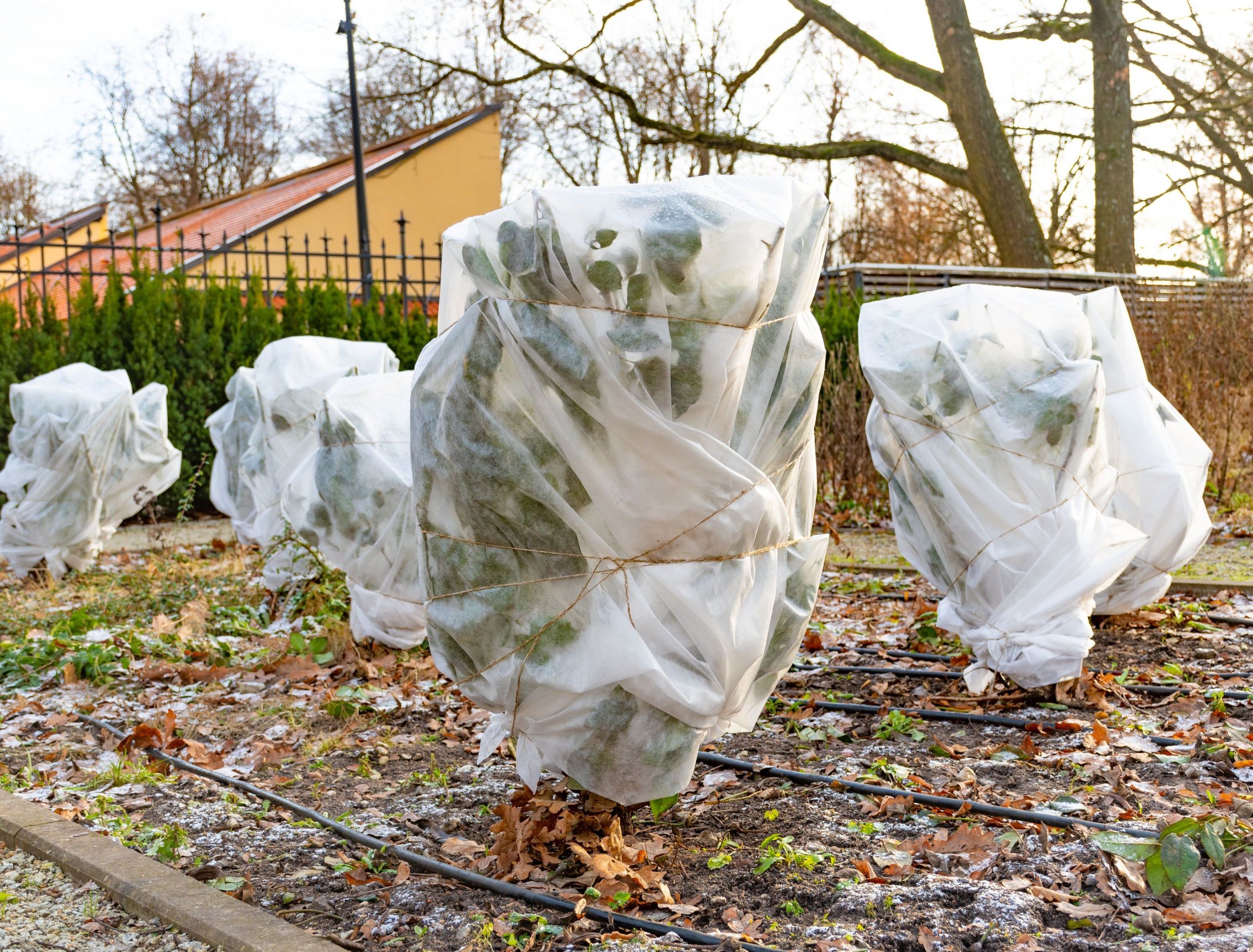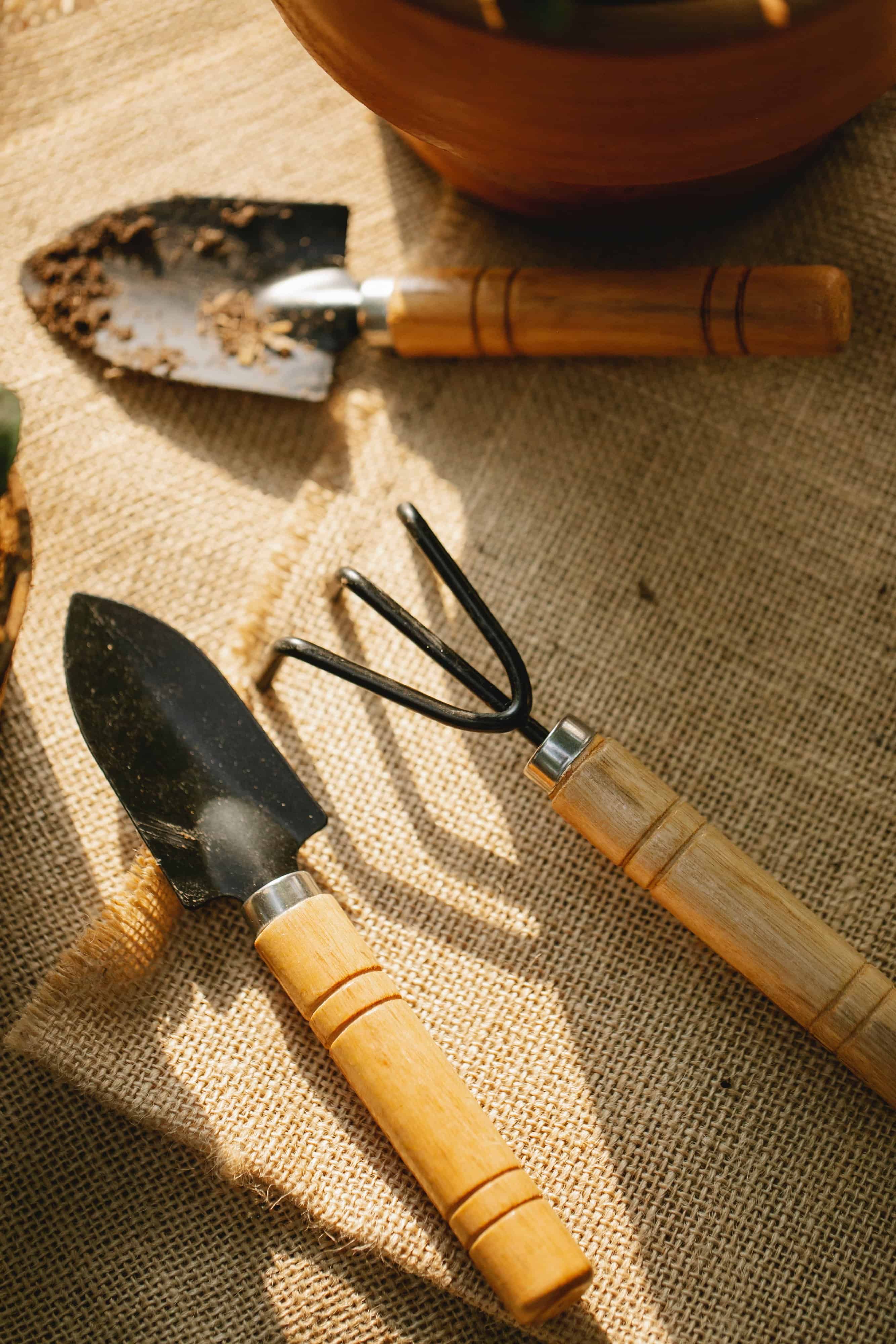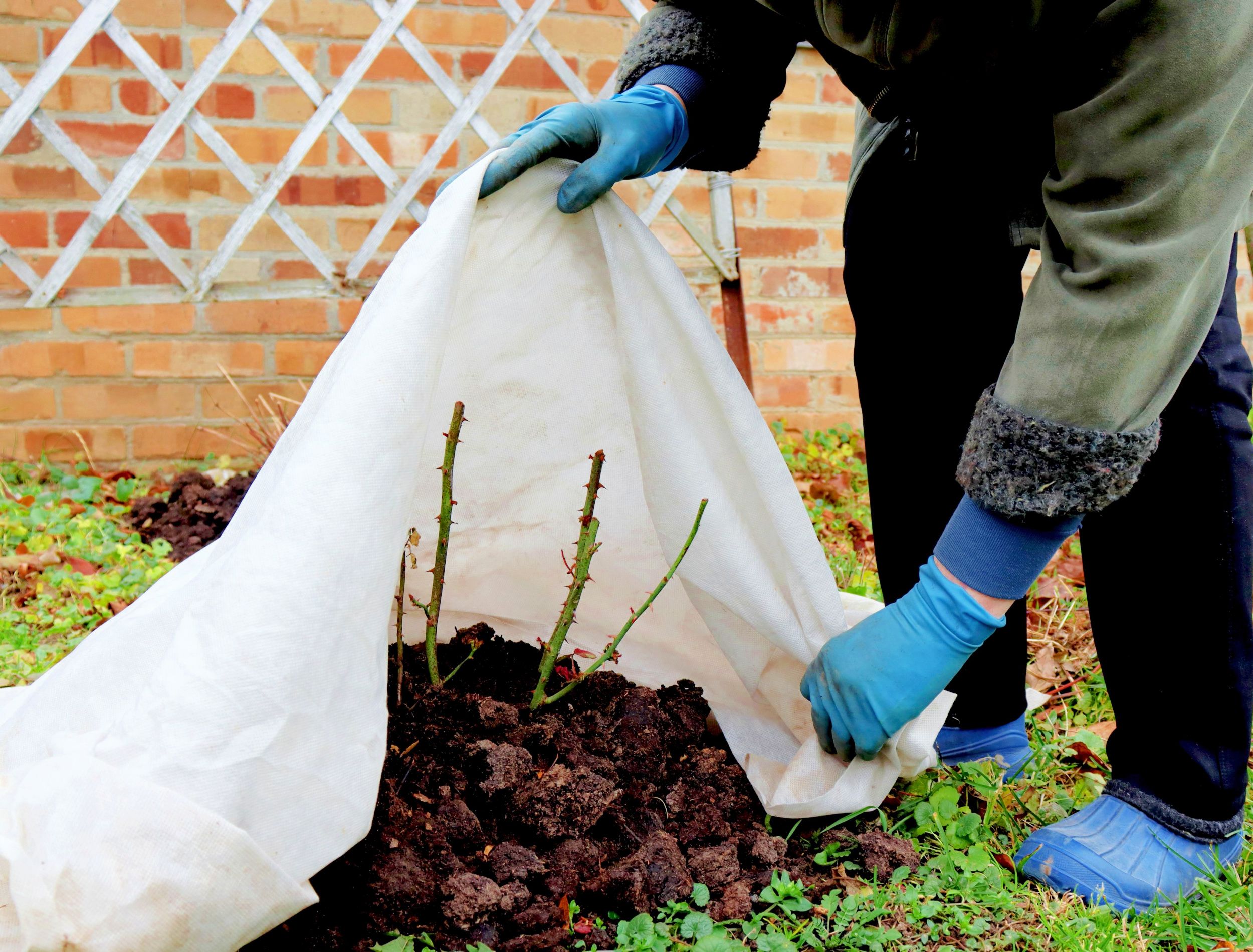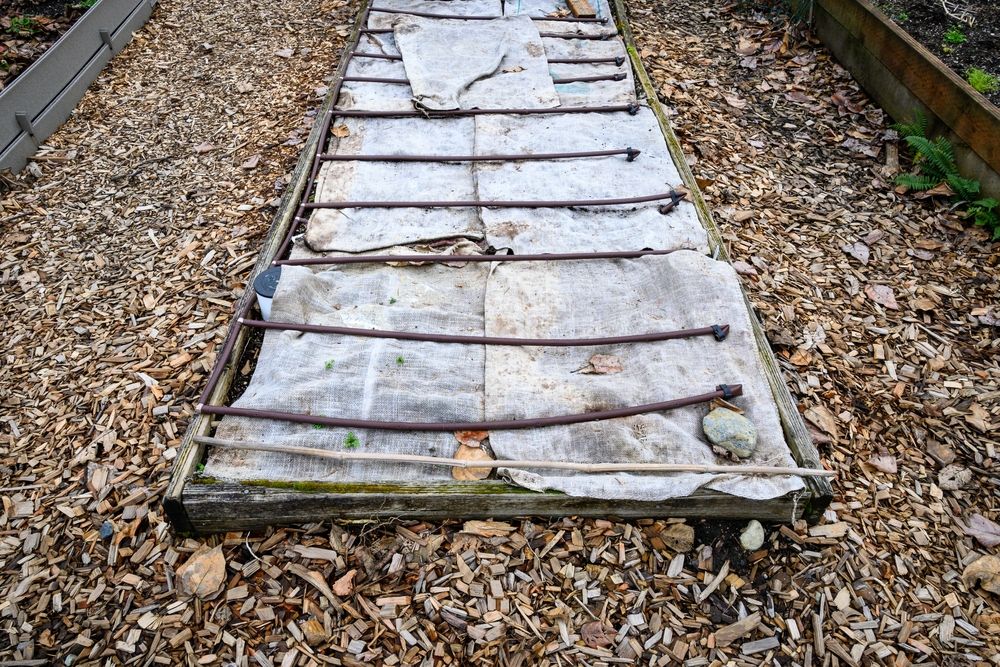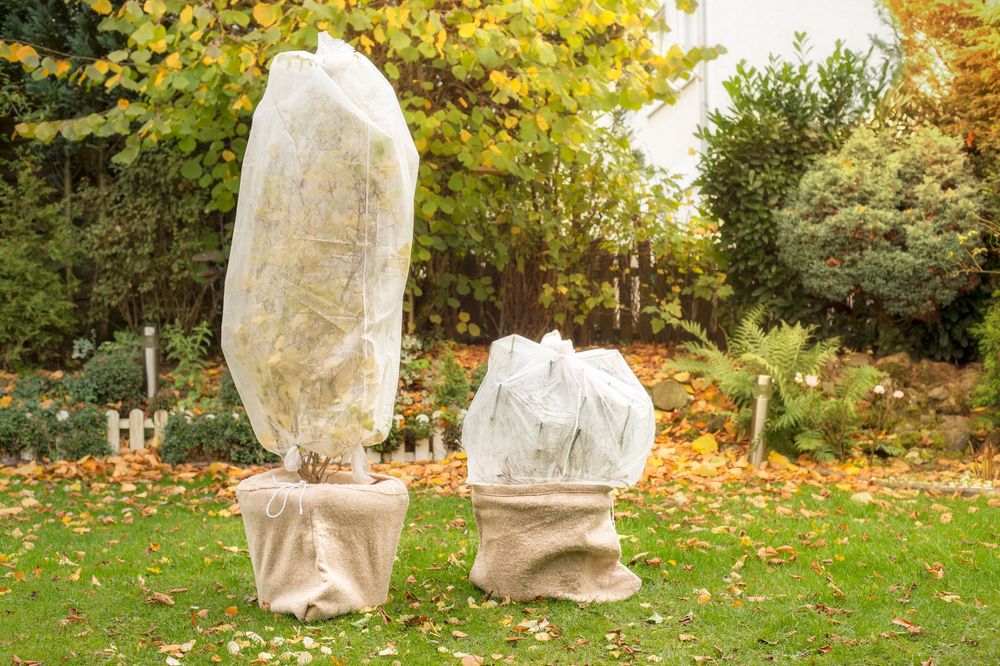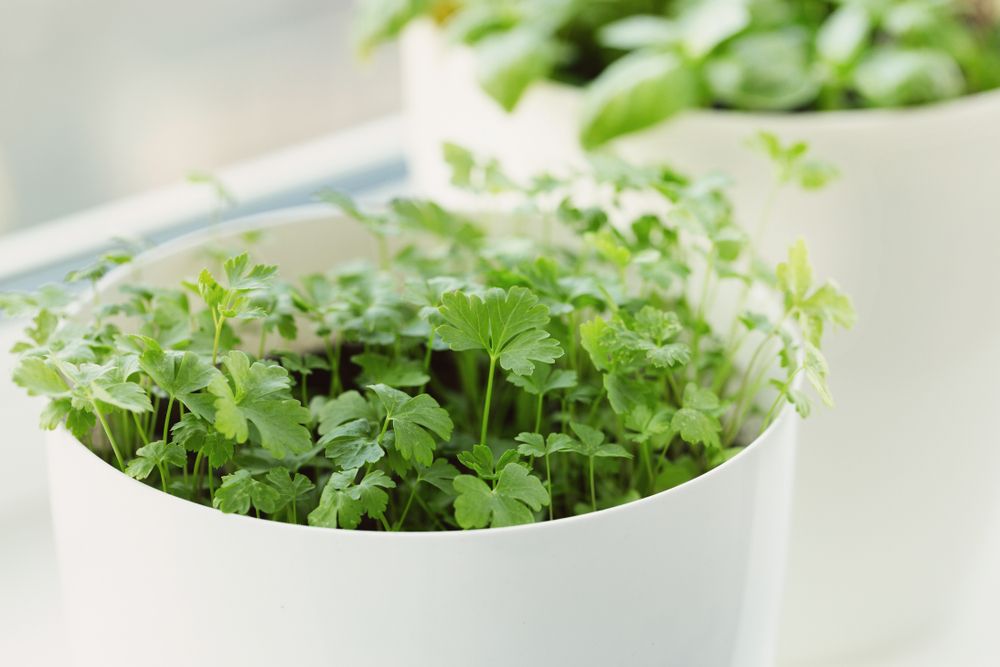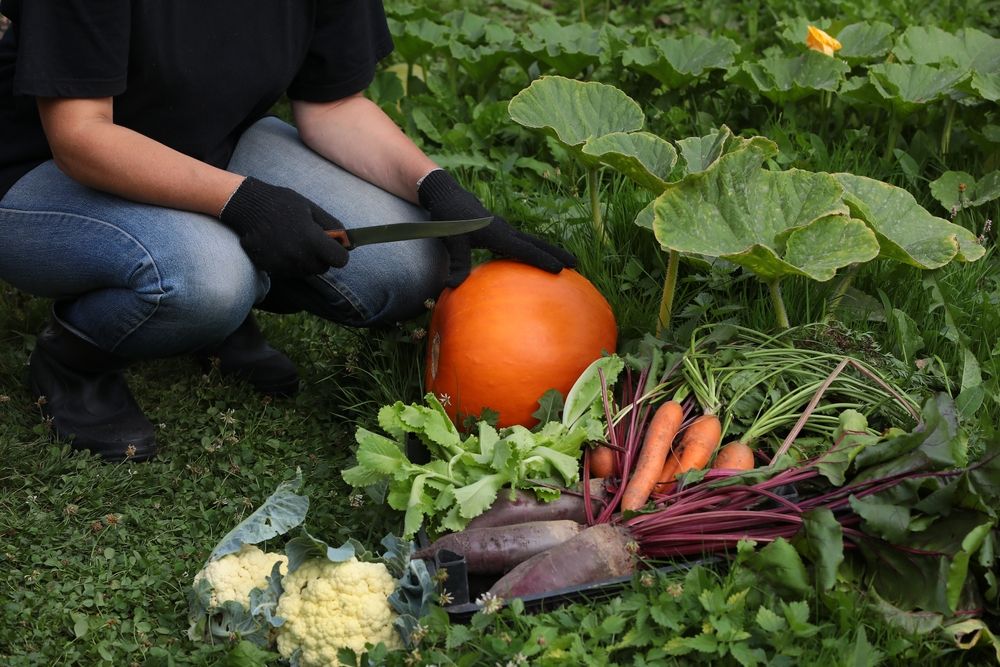Do you feel that chill in the air? Winter is definitely coming. As the days get shorter and the temperature starts to drop, it's time to start thinking about how you can prepare and winterize your garden for the freezing season ahead.
By taking a few simple steps, you can make sure your garden survives the colder months and comes back looking even better in the spring! Here are six ways to prepare your garden for winter.
General Garden Clean Up
Gary Barnes via Pexels
One important step in preparing your garden for the winter is to clean any debris and clutter that has accumulated throughout the warmer months. This can include removing fallen leaves, weeds, sticks, or other objects. These objects may get in the way of proper maintenance during the colder months. Additionally, empty your pots and containers so they don’t freeze and crack during the winter.
If you have a compost pile, you can now cover it with straw mulch or a plastic cover to protect it from the snow.
Also, don’t forget to clean and disinfect all garden tools! The last thing you want is to inadvertently pass on any fungal spores or diseases to your plants come springtime.
It’s also worth mentioning, now that the temperatures have dropped, you can shut off your watering system. Keeping your irrigation system on during the winter risks damage to your hoses and possible flooding.
Pro tip: gently rub your tools with some vegetable oil after cleaning and disinfecting your tools to keep them from rusting.
Winterize Your Roses
Image credits: Tasha-photo via Shutterstock
Roses are stunning in any garden. And with winter approaching it means it's time to prepare and protect your beautiful rose garden for the cold winter months ahead.
To start, you'll need to trim back any dead or damaged branches on your rose bushes. This will help prevent disease from spreading. Additionally, after the first frost, apply a thick layer of mulch around the base of each bush, using fallen leaves or compost for maximum protection.
Another key step in winterizing your roses is to water them well right throughout the fall. This will help keep your plants hydrated, which can be especially important during colder weather when moisture levels tend to drop. However, stop your fertilizing schedule six weeks prior to the first frost.
If you live in an area with very cold winters, consider adding an extra layer of protection by covering your low-growing rose bushes with sturdy chicken wire and piling in compost, mulch, pine needles, chopped leaves, or dry wood chips.
Finally, prior to the temperatures dropping below freezing, gently pull down the long branches of climbing and tea roses. Now, place them flat on the soil, and protect them with mulch or pine branches.
Perennial Protection
Image credits: knelson20 via Shutterstock
When it comes to protecting your perennials for the winter, there are a few things you need to keep in mind.
First, make sure that you're providing them with enough water during the fall months. This will help them stay hydrated and healthy, even when temperatures drop below freezing.
Additionally, be sure to provide some sort of shelter or mulch for your plants. This can help insulate your perennials from the cold weather and prevent any damage from frostbite.
Also, it would be a good idea to cut back some perennials that are prone to diseases such as powdery mildew. These include hostas, bee balm, and phlox. Wait until the ground has frozen solid and the greenery has died to prune but leave just about 3 inches of the stems. Then mulch them with a thick layer of leaves or straw. Try to avoid pruning or trimming perennials that give seed, such as coneflowers and rudbeckia. This will help the support local wildlife through the winter.
If you have any potted chrysanthemums, water your plants well and cover them with a thick layer of straw or mulch. This will not only help insulate the roots from freezing temperatures, but it will also keep them moist and healthy as they cool down into dormancy.
Finally, if you're planning to add a new flower bed in your yard next spring, it's important to start preparing for it now. One easy way to do this is by covering the area with a layer of mulch - or even heavy plastic. This will discourage weeds from growing through once the ground starts to warm up again in the spring.
Trees and Shrubs
Image credits: Tanja Esser via Shutterstock
As the cold winter months rapidly approach, it's important to take steps to protect your trees and shrubs from harsh conditions that can cause damage or death.
One of the most important things you can do is to avoid pruning at this time. Since pruning involves removing tissue and opening wounds that will have no time to heal before the cold arrives, it's best to avoid it during the fall months. In fact, unless absolutely necessary, it's best to hold off on any kind of pruning until springtime rolls around again.
It’s worth noting that young fruit trees are especially vulnerable to pests, and it’s a good idea to protect them from damage by wrapping their trunks with a pest-proof tree wrap. This will help keep rodents such as mice and voles from gnawing on the bark during the winter months.
Another effective way to protect your trees and shrubs from heavy snow is to build a wooden structure around them. You can either use this for smaller trees and deciduous shrubs in your yard. Alternatively, add a cylinder of chicken wire fencing, then stuff the space between the tree and the fence with straw or shredded leaves. This will help prevent branches from breaking due to snowfall as well as keep more weight off of their trunks. If you get frequent early snows in your area, remember that protecting your trees and shrubs is just a matter of putting up a little extra work upfront.
Preparing Your Herbs
Image credits: 8H via Shutterstock
The first step in preparing your herbs for winter is to assess their hardiness. Some herbs can withstand the cold, others, not so much.
Sage, thyme, and chives are all hardy perennial plants that can withstand the cooler temperatures of winter without requiring any special treatment.
However, rosemary and basil should either be protected with a covering and/or mulch, or brought inside. They will not survive outside.
Parsley and oregano fair relatively well outdoors in the winter but should be given some shelter and mulch to protect from frost.
Harvesting Your Vegetables
Image credits: Malikova Nina via Shutterstock
To start, it's important to choose the right vegetables for your winter harvest. Tender vegetables such as zucchini, beans, and tomatoes should be harvested before the first frost, and the plants discarded.
Hardy vegetables such as Brussels sprouts, kale, and spinach can be left in the soil. Light frost actually helps the taste of these vegetables.
Semi-hardy vegetables should be given some protection from frost and freeze, such as a cold-frame. Or you can opt to harvest them right away. Semi-hardy vegetables include cabbage, Swiss chard, leeks, and mustard greens.
Winter Is Coming Through!
Winter is coming and with it the colder temperatures that can take a toll on your garden. But don't worry - by taking a few simple steps, you can winterize your garden and make sure it comes back looking even better in the spring!
If you have any tips or tricks on wintering your garden, be sure to leave a comment below. And don't forget to share this article with your friends and family!

